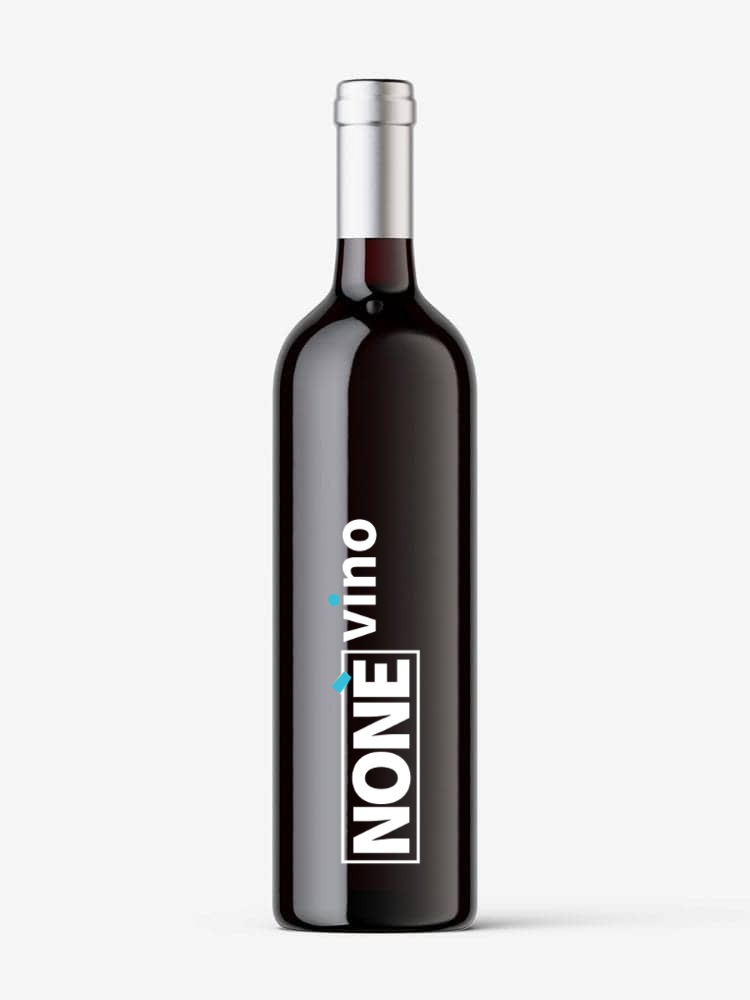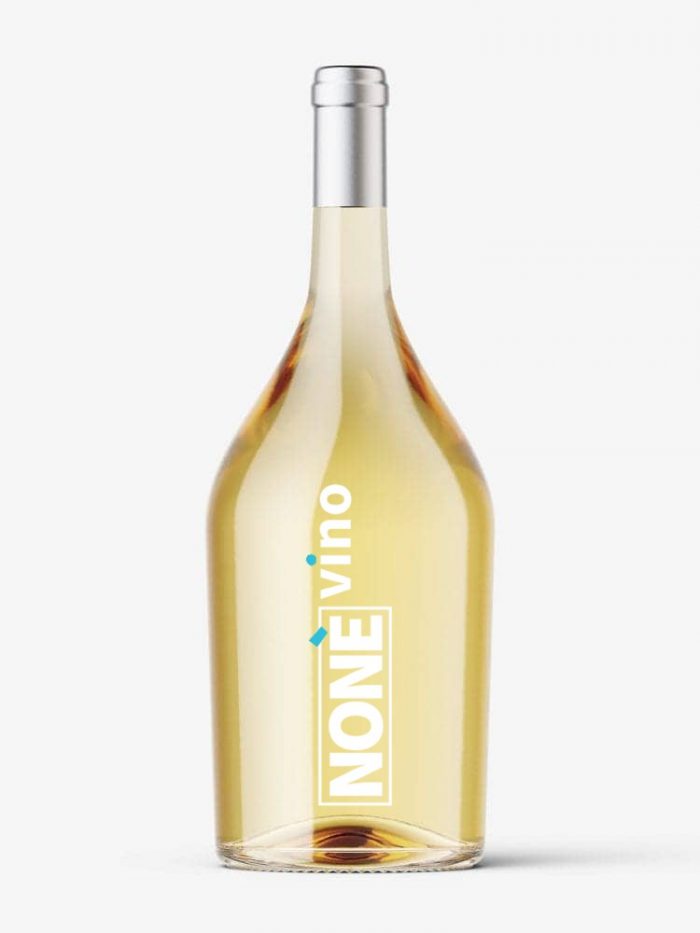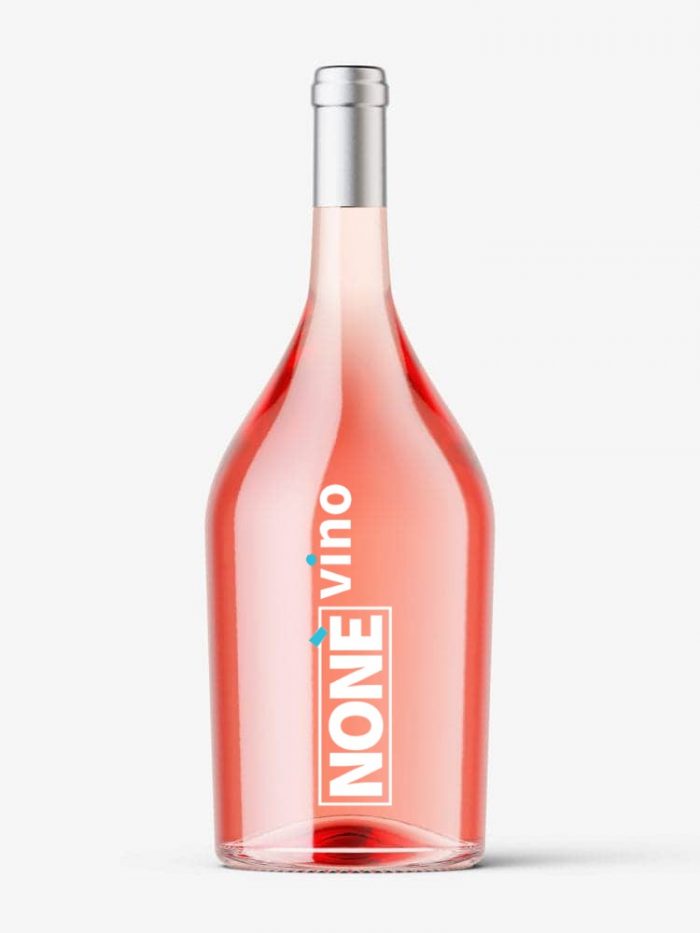The geographical area dedicated to the production of the DOC Rosso di Montepulciano wine extends over the Siena hills, in an area that is adequately ventilated, bright and conducive to carrying out all the vegetative-productive functions of the vineyards.
The Production Area of the DOC Rosso di Montepulciano wine is located in the province of Siena and includes the territory of the municipality of Montepulciano.
During the vinification phases, only loyal and constant oenological practices of the area are allowed, suitable to give the wines their particular quality characteristics.
The oenological practices of vinification of the DOC Rosso di Montepulciano wine include, among other things, that:
– The maximum yield of grapes in DOC Rosso di Montepulciano wine must not exceed 70%; if these parameters are exceeded within the limit of 5%, the excess will not be entitled to the DOC. Beyond these limits the right to DOC for the whole product lapses.
– It is allowed, upon communication to the authorized control structures, to be presented by the winemaker, within the 16th month starting from January 1st following the harvest, that the wine capable of being designated with the denomination of controlled and guaranteed origin “Vino Nobile di Montepulciano” is reclassified to the controlled designation of origin “Rosso di Montepulciano” as long as it corresponds to the conditions and requirements established by the relative production regulations.
– On the labels of each type of DOC Rosso di Montepulciano wine it is mandatory to report the year of production of the grapes
The roots of viticulture and enology are an integral part of the territory, culture, history, economy and local traditions of Montepulciano.
Together with the Vino Nobile, and historically even before it, the area was well known for the production of a young table wine, not subjected to long aging, as reported in several documents prior to 1787, the date of the first mention of the Vino Nobile.
Sante Lancerio , historian and above all bottler of Pope Paul III, reports in his reports following the Pope detailed descriptions of the wines and in this regard he writes “The Montepulciano wine is very perfect both the winter and the state, and the red is better the state, I’m sure of it. ”
The wine of Montepulciano has acquired international fame since 1600, when it was celebrated by Francesco Redi as “King of all wine”, and over the centuries viticulture has always maintained the role of main crop with an important function of garrison, defense and enhancement of the territory, also under the landscape aspect.
Over the course of the last century the production of red wines has been oriented towards different and complementary ways, able to enhance the potential of the territory both with the production of a long-aged wine in wood, rich in alcohol and structure, and with obtaining a younger, fruity and light wine, capable of preserving the integrity of the primary aromas and represented by the “Rosso di Montepulciano”, whose production is not in contrast with the “Vino Nobile” but rather completes together with the Vinsanto the historical typicality of the territory.
The DOC Rosso di Montepulciano wine obtained the recognition of the Controlled Designation of Origin on 21 December 1988.








